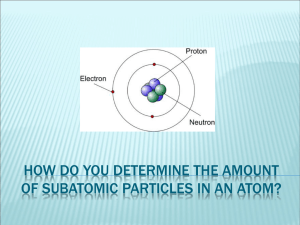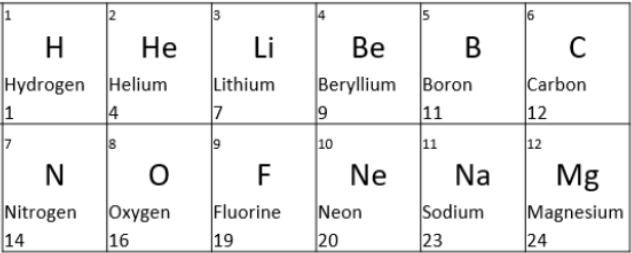

One makes an infinitesimal step in this direction and then recalculates the gradient to obtain the new direction. This is a vector that points in the direction of maximum increase in the density. Starting at any point, one determines the gradient of ( r). To determine what physics has to say about this property of the electron density one must consider not the density itself but the field one obtains by following the trajectories traced out by the gradient vectors of the density. The second diagram displays the tetrahedral structure of the bond paths linking the carbon nuclei in diamond, lines that are a consequence of the topology exhibited by the electron density.

The electron density for diamond as projection above a 110 plane. Matter consists of point-like nuclei embedded in a spatial distribution of negative charge that becomes increasingly diffuse for points progressively removed from the nuclei.įigure 3. Envelopes of the electron density for the ethene molecule for values (in atomic units) of 0.002 in (a), 0.20 in (b) and 0.36 in (c). The point exhibits two negative curvatures perpendicular to this axis and one positive curvature along the axis.įigure 2. What appears as a C-C saddle in (a) is seen to be a maximum in the plane perpendicular to the C-C axis. (c) Again, the same portrayal as in Figure 1a, but this time for a plane perpendicular to the C-C axis at its mid-point. (b) Same as in Figure 1a, but for a plane obtained by a rotation of 90° about the C-C axis, a plane containing only the carbon nuclei.įigure 1. The absolute maxima in ( r) attained at the positions of the carbon nuclei are not shown because of their large values.įigure 1. (a) The electron density in the plane containing the two carbon and four hydrogen nuclei of the ethene molecule, portrayed as a projection in the third dimension and in the form of a contour map. Figure 3 illustrates the same feature for the 110 plane of carbon nuclei in the diamond lattice.įigure 1. The presence of local maxima at the positions of the nuclei is the general and also the dominant topological property of ( r). When this diagram is translated into three dimensions, the cloud of negative charge is seen to be most dense at nuclear positions and to become more diffuse as one moves away from these centres of attraction, as illustrated in Figure 2. The electron density is a maximum at the position of each nucleus and decays rapidly away from these positions. Figure 1 displays the spatial distribution of the electron density in the plane containing the two carbon and four hydrogen nuclei of the ethene molecule. This is illustrated in the following figures. The electron density is a measurable property and it determines the appearance and form of matter. The electron density describes the manner in which the electronic charge is distributed throughout real space. The nuclei act as point attractors immersed in a cloud of negative charge, the electron density ( r).

This is a consequence of the manner in which the electrons are distributed throughout space in the attractive field exerted by the nuclei. The Laplacian of the Electron Density and the Lewis and VSEPR Models.Quantum Mechanics of a Proper Open System.The Topological Atom is the Quantum Atom.Theory of Atoms in Molecules: What is an Atom?


 0 kommentar(er)
0 kommentar(er)
